The initiative to install rooftop solar power plants in Indonesia is on the rise, supporting the transition to clean energy and the 2060 Net Zero Emission target. Regulatory and land challenges need to be overcome. Read more on Bisnis Indonesia.

Jakarta, September 11, 2025 – Indonesia is accelerating its efforts towards industrial decarbonization, partly by leveraging solar energy. This transformation is not only part of the national energy transition agenda but also a strategy to boost industrial competitiveness amidst global demands for environmentally friendly practices.
Winardi, from the Directorate of Industrial Zoning at the Ministry of…
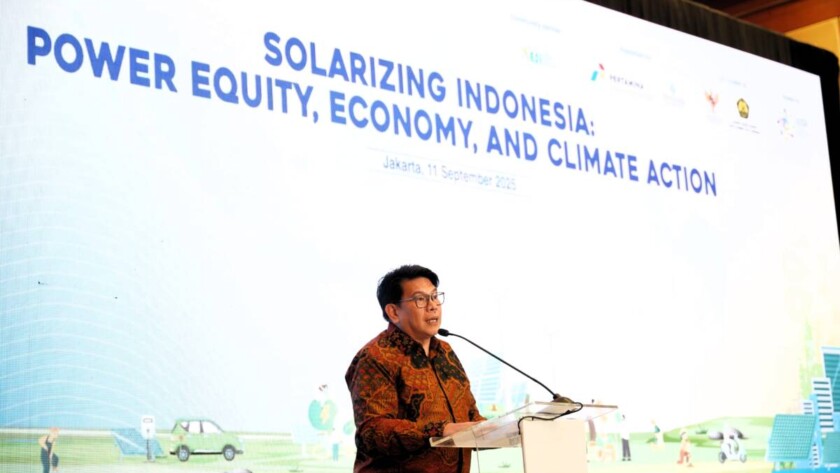
Jakarta, September 11, 2025 - The impact of solar energy goes beyond providing access to electricity. It also fosters equity by enabling community participation in reducing emissions, driving the growth of new economies, and serving as a strategic solution to achieve climate goals. This vision underpins the Indonesia Solar Summit (ISS) 2025 (9/11/2025) in Jakarta,…
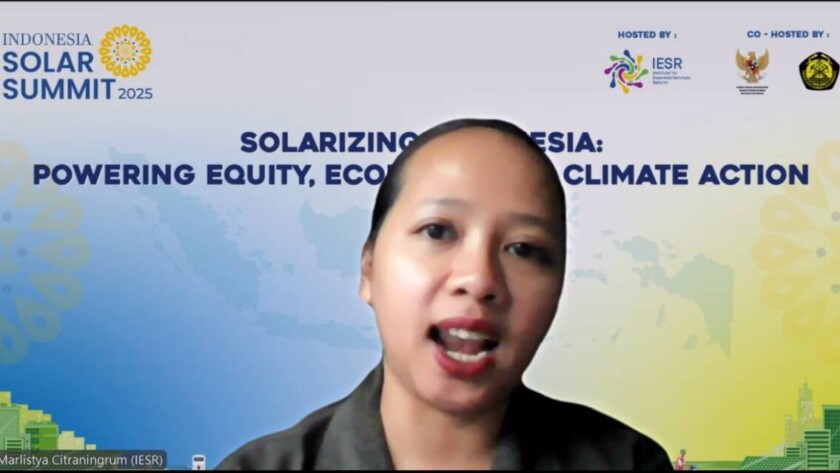
Jakarta, September 2, 2025 — The Indonesian government is beginning to position solar energy as a key strategy for reducing emissions and meeting energy needs at the national, regional, and industrial levels. According to the Electricity Supply Business Plan (RUPTL) of PT PLN (Persero) for the 2025-2034 period, the country is targeting a solar power…
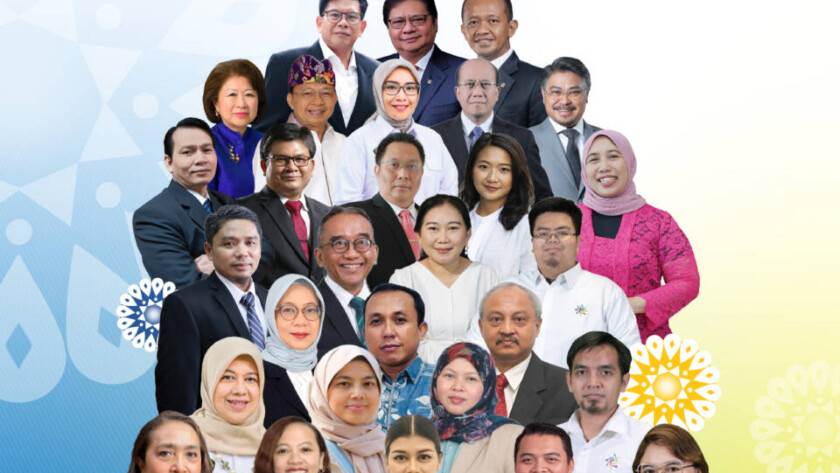
Background
Indonesia has enormous technical potential for solar energy, ranging from 3,000 to 20,000 GWp (IESR, 2021). However, as of the end of 2024, the installed capacity of solar power plants (PLTS) remains below 1 GW; an irony given the urgency of the climate crisis and Indonesia's commitment to achieving Net Zero Emissions (NZE) by…
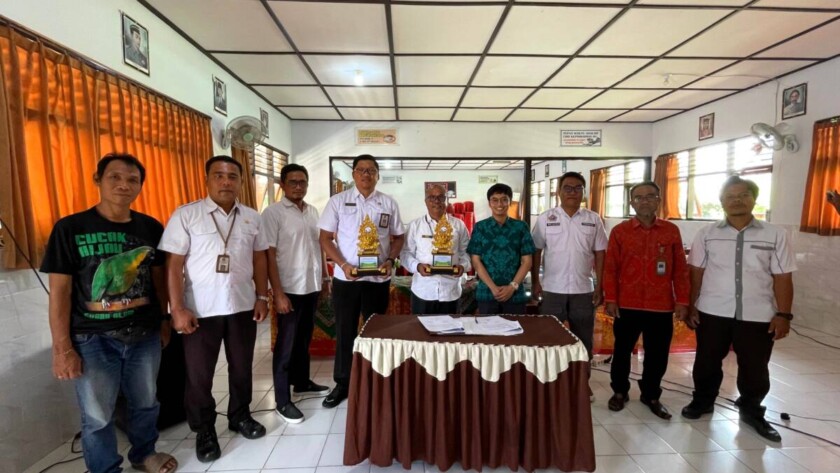
Denpasar, August 27, 2025 - Under the warm sunshine, the Institute for Essential Service Reform (IESR) and the Bali Provincial Government simultaneously inaugurated the installation of Solar Power Plants (PLTS) in three villages on Wednesday (August 27th) with a total capacity of 15.37 kWp. The installations are located in Banjarasem Village, Buleleng Regency; Baturinggit Village,…
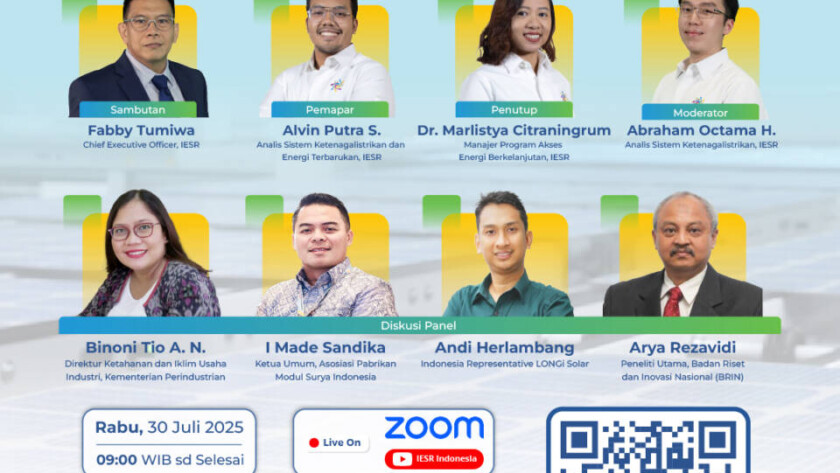
Replay Event
Offline Registration
Background
The Indonesian government has made energy transition a key policy priority, including by making it one of the priority issues conveyed by President Prabowo Subianto at the G20 Summit in Rio de Janeiro in 2024. Furthermore, the government has established a net-zero emissions (NZE) target policy by 2060,…

Replay Event
Background
In the Enhanced Nationally Determined Contribution (ENDC) document, the Indonesian government has set a target of reducing energy sector emissions by 358 million tons of CO₂eq by 2030 through domestic efforts. In line with this, Indonesia is also committed to achieving Net-Zero Emissions (NZE) in the energy sector no later than…
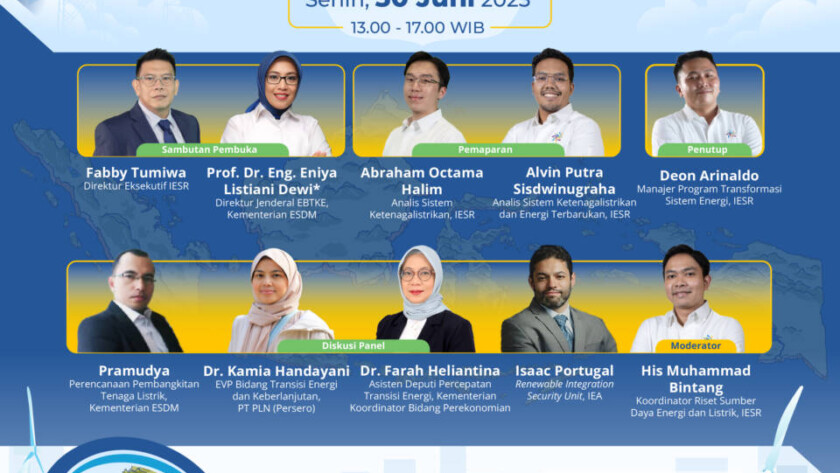
Replay Streamking
Background
In the Enhanced Nationally Determined Contribution (ENDC) report, the Indonesian government targets that by 2030, emission reduction in the energy sector will reach 358 million tons of CO2eq with its own efforts (CM1). In line with this goal, the Indonesian government is also committed to achieving Net-Zero Emission in the energy…

Shanghai, June 11, 2025 — Cloudy and cool weather greeted the arrival of the Indonesian delegation during an official visit to JA Solar Technology Co., Ltd. in Shanghai on Wednesday (11/6). The visit was part of the 75 Years Indonesia-China Exchange Visit program organized by the Institute for Essential Services Reform (IESR) on June 10-14,…
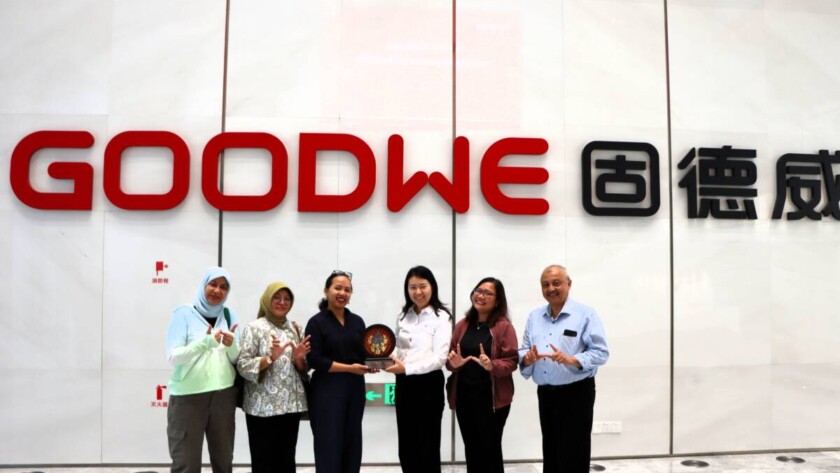
Suzhou, June 14, 2025 - China has a variety of technological innovations and renewable energy project initiatives, one of which is carried out by GoodWe. GoodWe is a world-leading solar inverter manufacturer and smart energy solution provider listed on the Shanghai Stock Exchange. GoodWe has nearly 5,000 employees worldwide and has worked on solar power…
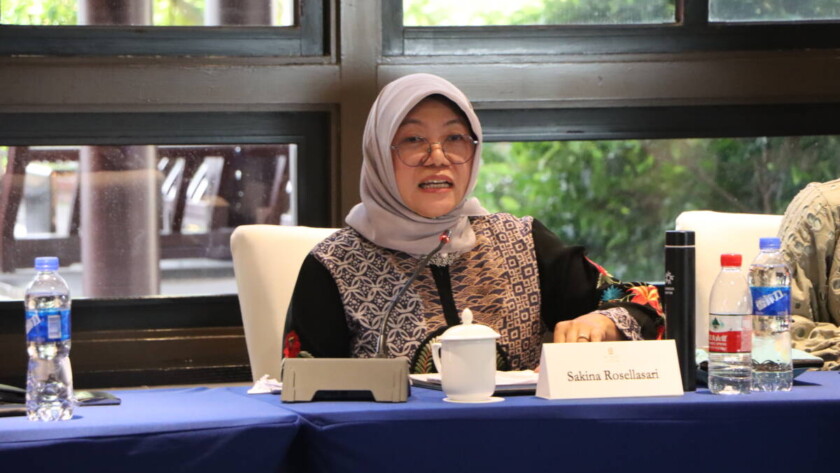
Suzhou, June 13, 2025 - Suzhou, located in Jiangsu Province, is one of the manufacturing centers with four main industries, namely electronics, equipment manufacturing, advanced materials and renewable energy. Continuing the series of 75 Years Indonesia–China Exchange Visit programs that took place from June 10-14, 2025, the Indonesian delegation led by the Institute for Essential…
